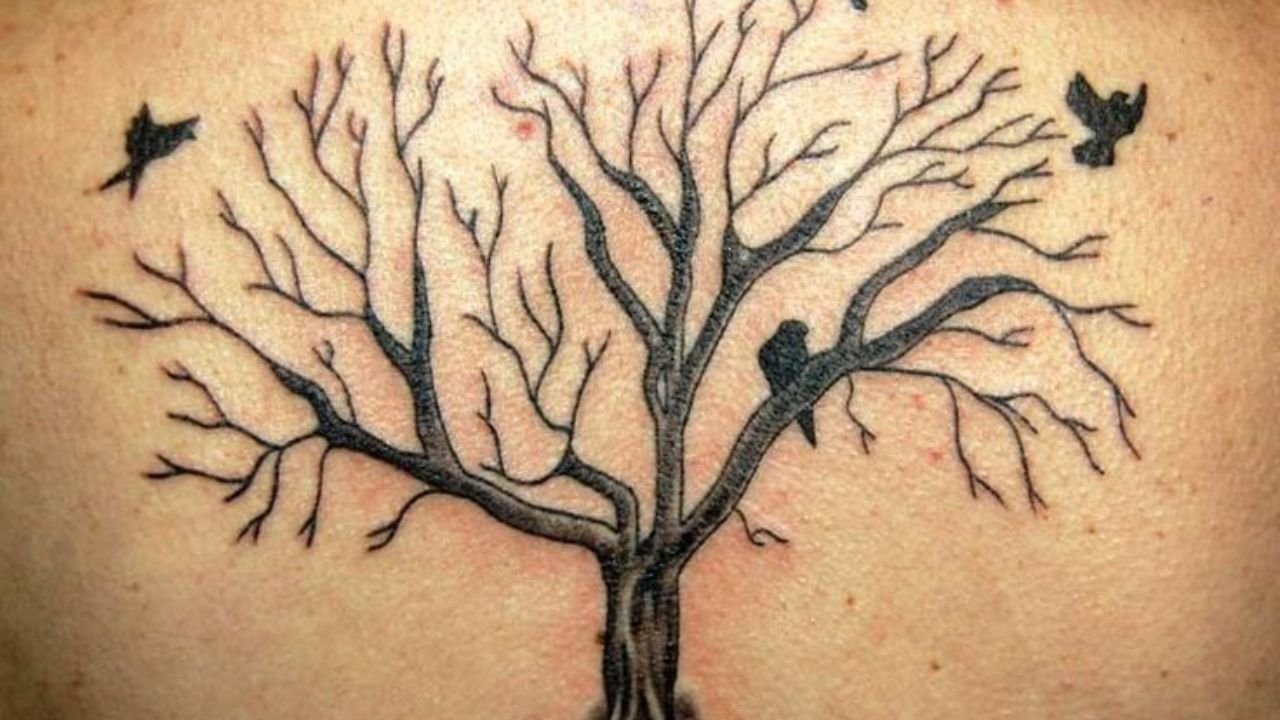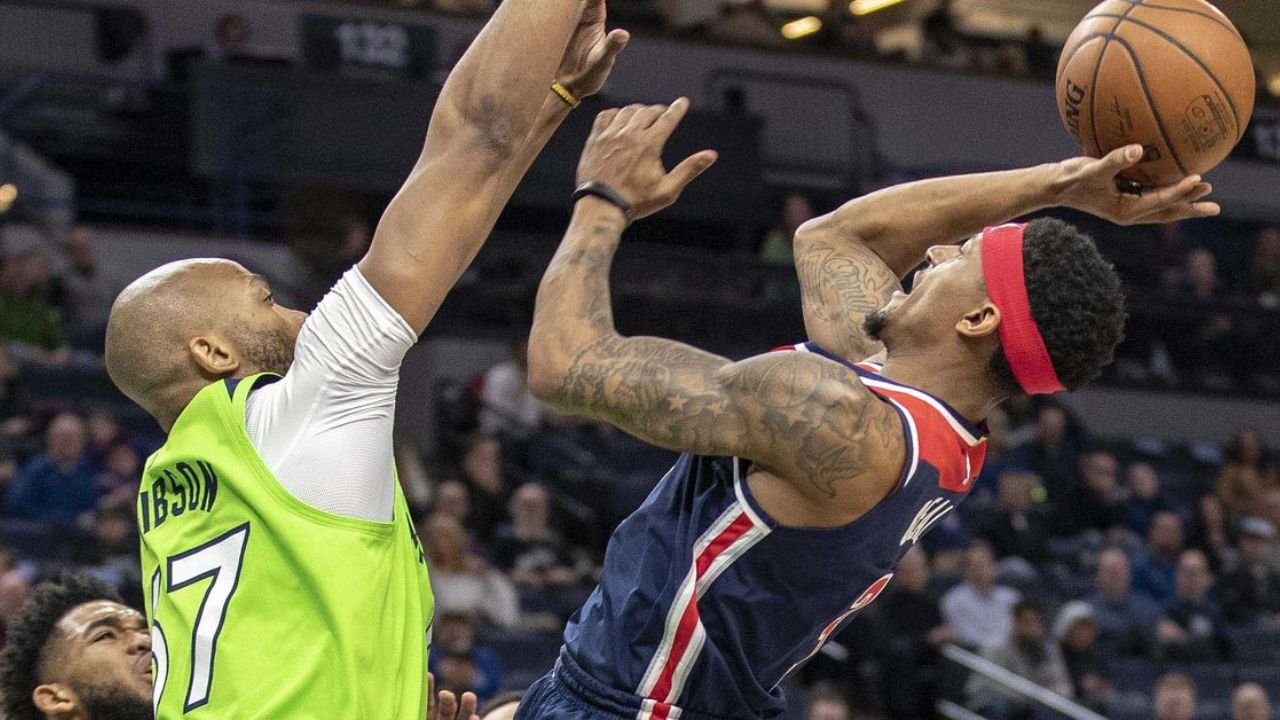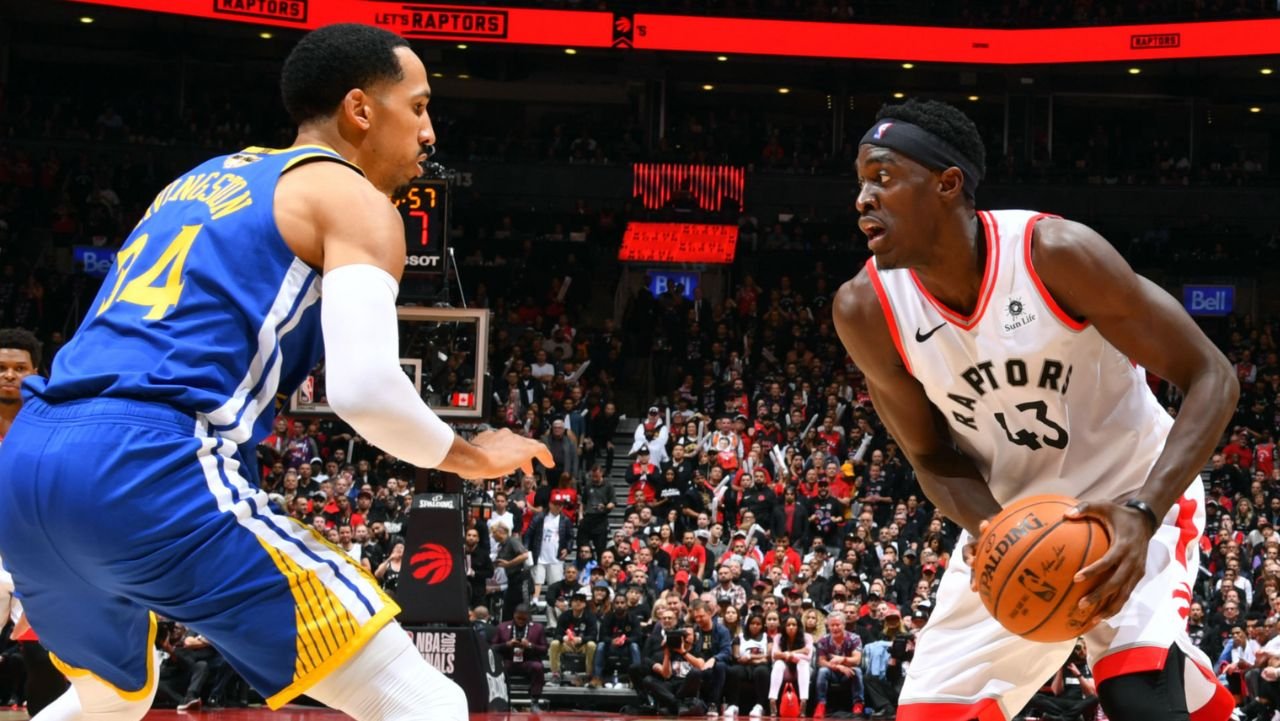Kialodenzydaisis is not a widely known condition, but it’s becoming more recognized due to its growing number of cases. People dealing with this condition often face pain, fatigue, and emotional challenges that affect their daily lives. Healing is not instant, but with the right treatment and knowledge, it becomes manageable. This guide explains how “kialodenzydaisis healing” works, what to expect, and how to cope better. Many patients report confusion and fear when they first hear the term. That’s why it’s important to break it down. This guide is designed for clarity and support. It will walk you through symptoms, diagnosis, lifestyle improvements, and medications. If you or someone you know is affected, this is the resource to start with. “Kialodenzydaisis healing” is not just a phrase it’s a possibility.
What Is Kialodenzydaisis Healing?
Kialodenzydaisis is a chronic autoimmune disorder. It causes inflammation in the joints, muscles, and sometimes internal organs. The immune system, which normally protects the body, starts attacking healthy tissues by mistake. This causes discomfort, fatigue, and often long-term health issues. Unlike other common autoimmune conditions, this one is newly identified. It lacks a standardized diagnostic method, which makes early symptom awareness vital. Patients often go undiagnosed for years. Catching it early helps make “kialodenzydaisis healing” more achievable.
What You May Notice First:
- Aching joints and stiffness
- Feeling tired even after rest
- Swollen or red areas on the body
- Mental fog or low focus
These are signs your body is under immune stress.
Triggers That Set Off Kialodenzydaisis Healing Needs
Several internal and external elements can increase the risk of this autoimmune issue. These triggers often combine and lead to a flare or onset in genetically sensitive individuals. Understanding them is crucial to prevention and control.
| Cause Type | Description |
| Family History | Genes may pass on risks |
| Immune Imbalance | Body attacks itself |
| Pollutants | Triggers like smoke or chemicals |
| Hormonal Shifts | Common during menopause |
| Stress | Mental load worsens symptoms |
Being aware of these contributing factors helps patients adopt early lifestyle changes. This awareness can reduce symptom intensity and may help prevent long-term complications.
Diagnosing for Kialodenzydaisis Healing
Diagnosis helps doctors understand your symptoms clearly. It also rules out other diseases that look similar. With proper testing, the root cause becomes easier to spot. This leads to better care and faster recovery planning.
Step 1: Go Over Symptoms and Family History
Your doctor will ask about how you feel. They’ll want to know when your pain started and what makes it worse. Family health matters too. If others in your family have autoimmune issues, that may be a clue. Be honest and detailed with your answers.
Step 2: Check Joint and Nerve Function
A physical check-up comes next. Your joints are moved and tested for stiffness. Nerves are checked for signs of tingling or weakness. Swelling, redness, and movement problems are closely examined.
Step 3: Use Blood Tests to Detect Inflammation
Blood work helps spot hidden signs. Doctors look for markers like ESR or CRP. These show how much inflammation is in your body. They might also test for immune system activity. These results give solid proof of a problem.
Step 4: Use X-rays or MRIs for Damage Insight
Imaging tools help doctors see inside your body. X-rays can spot joint changes. MRIs go deeper and show soft tissue. These scans show swelling, erosion, or fluid buildup. It’s visual evidence of the issue.
Step 5: Rule Out Similar Conditions Like Arthritis
Many illnesses look alike. Your doctor may test for lupus, arthritis, or fibromyalgia. They’ll remove those from the list one by one. This makes your diagnosis more accurate. It avoids wrong treatment paths.
Daily Strategy for Kialodenzydaisis Healing
Recovering from this condition takes teamwork between you and your healthcare provider. A full plan includes lifestyle, medicine, and support.
Using the Right Medication
Medication is often the first step toward better control. The goal is to reduce inflammation and ease joint pain. Proper treatment also helps the body respond calmly over time.
- NSAIDs lower swelling
Non-steroidal anti-inflammatory drugs reduce joint pain and stiffness. They help make daily tasks easier. Many people use them in the morning or after a flare. They do not cure the illness, but they manage symptoms. Always take them with food. Long-term use should be guided by a doctor.
- Steroids calm down flare-ups
Steroids are stronger and act faster than NSAIDs. They help in serious flare situations. These drugs bring quick relief but are not for daily use. Doctors may give them in short bursts. Side effects include mood swings and weight gain. Regular check-ups are needed while using them.
- Biologics help regulate immune response
These are modern drugs that target the immune system. They block signals that cause swelling and damage. Biologics work well for people who don’t respond to other treatments. They are usually taken by injection. Regular blood tests are important. These drugs are powerful and need close monitoring.
- Medicine for kialodenzydaisis healing includes vitamin D, magnesium, and fish oils
Supplements support the healing process naturally. Vitamin D boosts bone health. Magnesium eases muscle tension. Fish oils reduce joint stiffness. They are not replacements for medication. But they help when used along with it. Always discuss supplement use with a doctor.
Smart Food Choices for Healing:
What you eat affects how you feel.
| Good Foods | Bad Foods |
| Green veggies | Refined sugar |
| Berries | Fried snacks |
| Fish | Red meat |
| Olive oil | Soda |
Eating clean helps ease inflammation.
Staying Active During Kialodenzydaisis Healing
Movement is important when dealing with chronic conditions. Even small activities make a difference. Staying active builds strength and reduces stiffness.
1. Stretch Every Day:- Stretching helps muscles stay flexible. It also eases morning stiffness. Do simple stretches for five to ten minutes. Focus on arms, legs, and the lower back. Stretching in the morning sets the tone for the day.
2. Walk 15–30 Minutes:- Walking is easy and effective. It keeps joints from getting tight. A slow walk each day boosts circulation. It also supports mental health. Choose a flat, safe area to walk in.
3. Yoga and Swimming Are Gentle:- Yoga improves balance and breath. It calms both the body and the mind. Swimming puts no pressure on the joints. It supports full-body movement without strain. These activities keep you active without overdoing it.
Emotional Wellness in Kialodenzydaisis Healing
Long-term illness affects more than the body. It also weighs on your thoughts and emotions. Managing mental health is key to feeling whole.
1. Breathing Exercises:- Deep breathing calms the nervous system. It helps control anxiety. Try it when pain feels high. Inhale slowly, hold, and exhale gently. Just five minutes daily brings relief.
2. Short Daily Journaling:- Writing clears your mind. It helps process emotions. Use a notebook or app. Write one page a day about how you feel. Over time, this habit reduces stress.
3. Speaking With a Therapist:- Talking helps. Therapists understand how illness affects emotions. They guide you to manage fear, stress, and sadness. Sessions may be in person or online. Either way, don’t skip emotional care.
Natural Options That Support Kialodenzydaisis Healing
Some people find relief in natural options. These support other treatments and ease symptoms gently. Always talk to a doctor before trying anything new.
1. Herbal Supplements:- Certain herbs reduce inflammation. Common choices include turmeric and ginger. They also help with digestion and energy. Use only safe, doctor-approved brands. Dosage should be clear and consistent.
2. Massage Therapy:- Massage relaxes sore muscles. It also improves blood flow. A weekly session can ease stress. Let the therapist know your condition. This ensures they use safe techniques.
3. Functional Healing Under Guidance:- Functional medicine looks at body systems. It uses food, sleep, and environment for support. This method is guided by a specialist. It works best with your regular care plan.
Handling Flare-Ups During Kialodenzydaisis Healing
Some days are harder than others. On those days, your symptoms might come back stronger. Knowing how to respond can help you recover faster.
Tips for relief:
- Avoid overworking yourself
- Apply warm towels to joints
- Get plenty of rest
- Modify your medicine (doctor-approved)
A flare is your body asking for help. Listen closely. Rest, treat the symptoms, and stay gentle with yourself. These steps won’t stop flares forever, but they make them easier to manage.
Kialodenzydaisis Healing in Kids and Teens
Although often seen in adults, this condition can also show up in younger individuals. It’s important to identify symptoms early so they don’t impact physical or emotional development. Children may express these signs differently from adults.
| Symptom | Possible Meaning |
| Slow walking | Joint stiffness |
| Skin issues | Inflammation response |
| Less play | Energy drop |
| Sleep change | Chronic fatigue |
When caught early, pediatric care and timely therapies can significantly improve the outlook for younger patients. Monitoring behavior and growth patterns is essential.
Lifelong Habits for Kialodenzydaisis Healing
Your daily actions matter. Small steps, done every day, bring steady improvement. These habits create a stronger foundation for your health.
- Stick to a set sleep time
- Drink plenty of water
- Eat anti-inflammatory meals
- Say no to exhausting tasks
Small habits, practiced daily, grow into big changes. They reduce stress, improve mood, and support your body. Stick to what works and make it a part of your lifestyle.
Medical Outlook and Kialodenzydaisis Healing Chances
A full cure doesn’t exist yet. But many people live normal lives with proper treatment.
Steps to aim for:
- Follow your treatment plan
- Avoid food triggers
- Use medicine for kialodenzydaisis healing as needed
Science is making progress each year.
Best Daily Routine for Kialodenzydaisis Healing
Managing this condition includes setting a simple, consistent daily rhythm. A balanced routine can stabilize symptoms, improve mood, and encourage long-term wellness. Planning your day reduces stress and enhances energy flow.
| Activity | Suggested Time |
| Morning stretch | 7:00 AM |
| Healthy breakfast | 8:00 AM |
| Midday rest | 1:00 PM |
| Evening walk | 6:00 PM |
| Meditation | 9:00 PM |
Consistency is more valuable than intensity. Following this structure regularly helps reduce flare frequency and supports a more stable lifestyle.
Community Support in Kialodenzydaisis Healing
Support means everything. You don’t have to go through things alone. Being surrounded by care makes tough days feel lighter.
1. Talk with Friends and Family:- Tell them how you feel. Be honest about your struggles. People want to help but may not know how unless you speak up. Start with small conversations.
2. Find a Support Group:- You are not the only one. Online or local groups can help. Listen to others, share your story, and feel less alone. Connection brings strength.
3. Share Your Struggles and Wins:- Celebrate small victories. Talk about bad days too. Keep a journal or speak with someone. Being open helps you heal inside and out.
Myths About Kialodenzydaisis Healing
Some things you hear may not be true.
- It’s all mental? No. It’s physical.
- Only older people get it? Teens can too.
- Can one pill fix it? No. It needs a plan.
Get the facts. Stay informed.
Final Thoughts
Healing from kialodenzydaisis is a lifelong process for many. It doesn’t happen overnight, and there is no single method that works for everyone. The journey is deeply personal. It involves many changes to how you eat, move, and think each day. Recovery often starts slow. But the right mindset and routine can speed up improvement over time. Trusting your body, your doctor, and your plan is the key to seeing real change. “Kialodenzydaisis healing” means embracing your health journey with commitment. By using proper medicine for kialodenzydaisis healing, staying hydrated, eating well, and listening to your limits you give your body a chance to recover. Don’t lose hope, because healing is always possible. Even on hard days, progress is happening.
FAQs
Q1. What should I do first?
Ans. Get a full check-up and lab tests.
Q2. Can I get better without meds?
Ans. Mild cases might improve with diet and therapy.
Q3. What foods help the most?
Ans. Leafy greens, fish, olive oil, berries.
Q4. How long before I feel better?
Ans. Relief can start in weeks or take months.
Q5. What’s the best medicine for kialodenzydaisis healing?
Ans. Talk to your doctor about NSAIDs, biologics, or needed vitamins.
Read Our More Blogs:- هنتاوي.com: The Popular Hentai Manga Platform









Leave a Reply